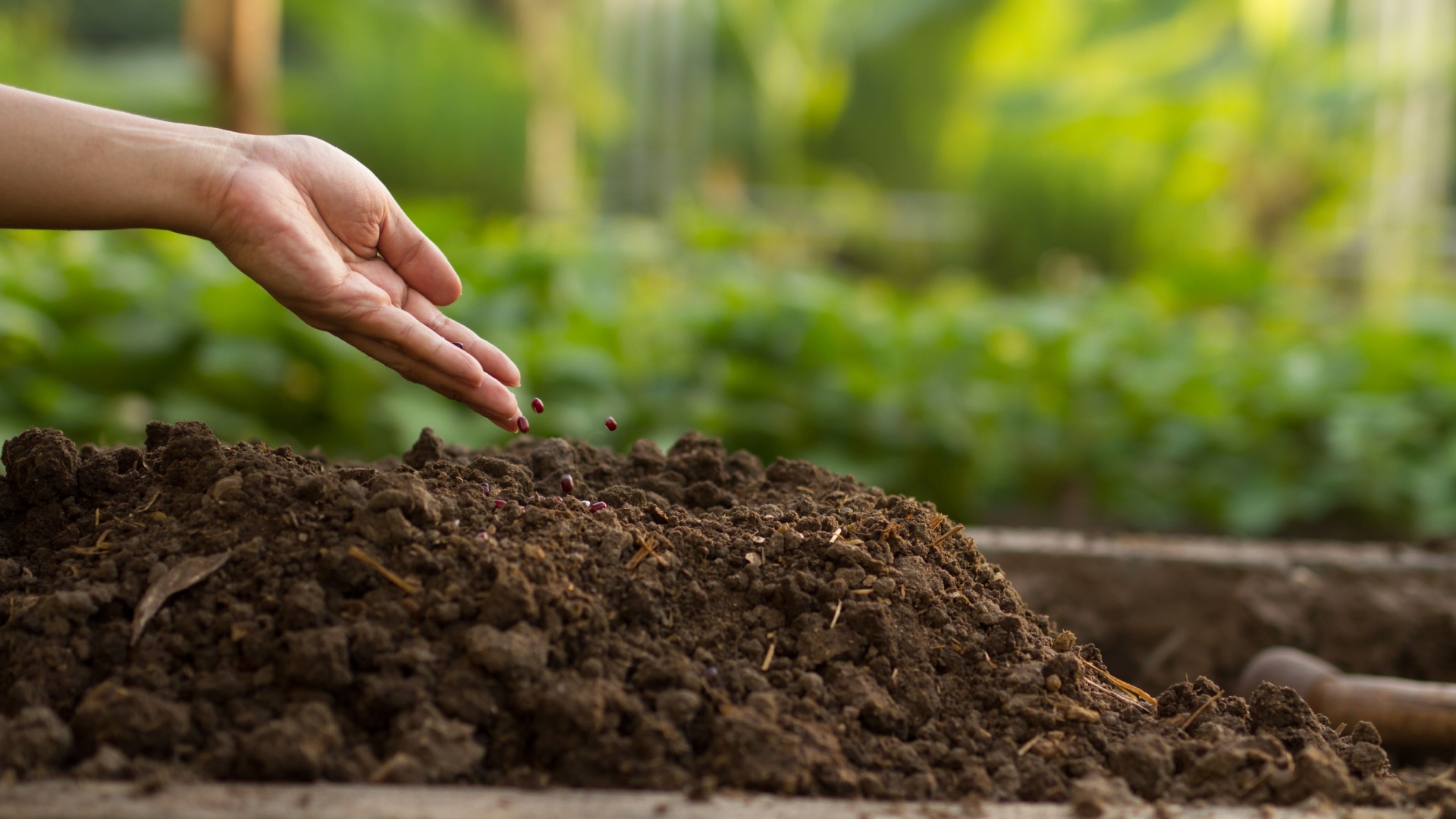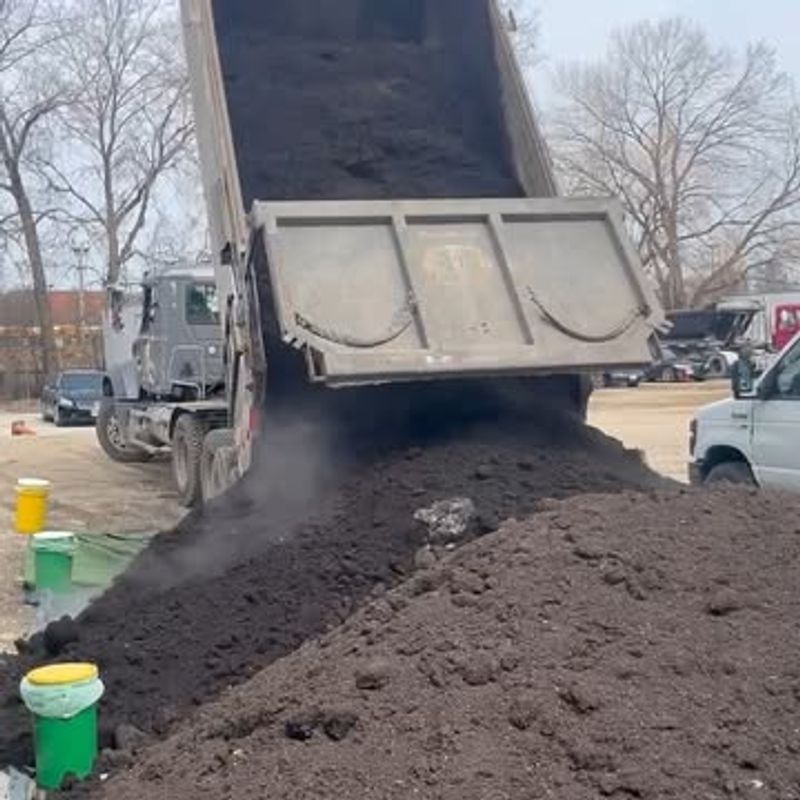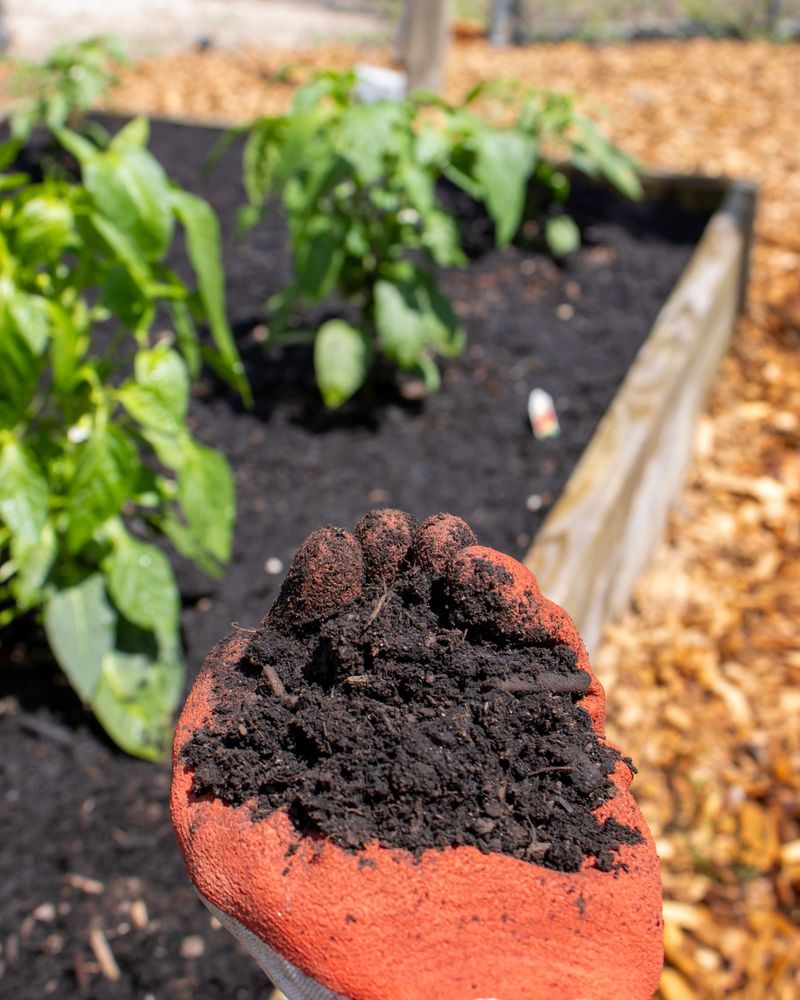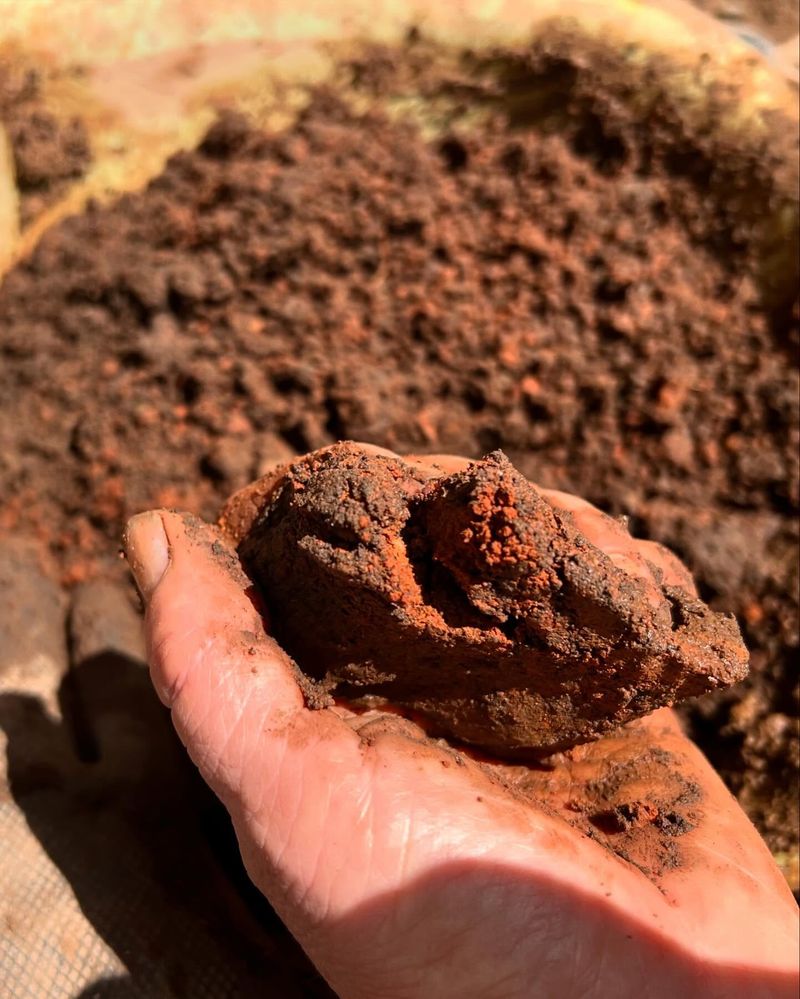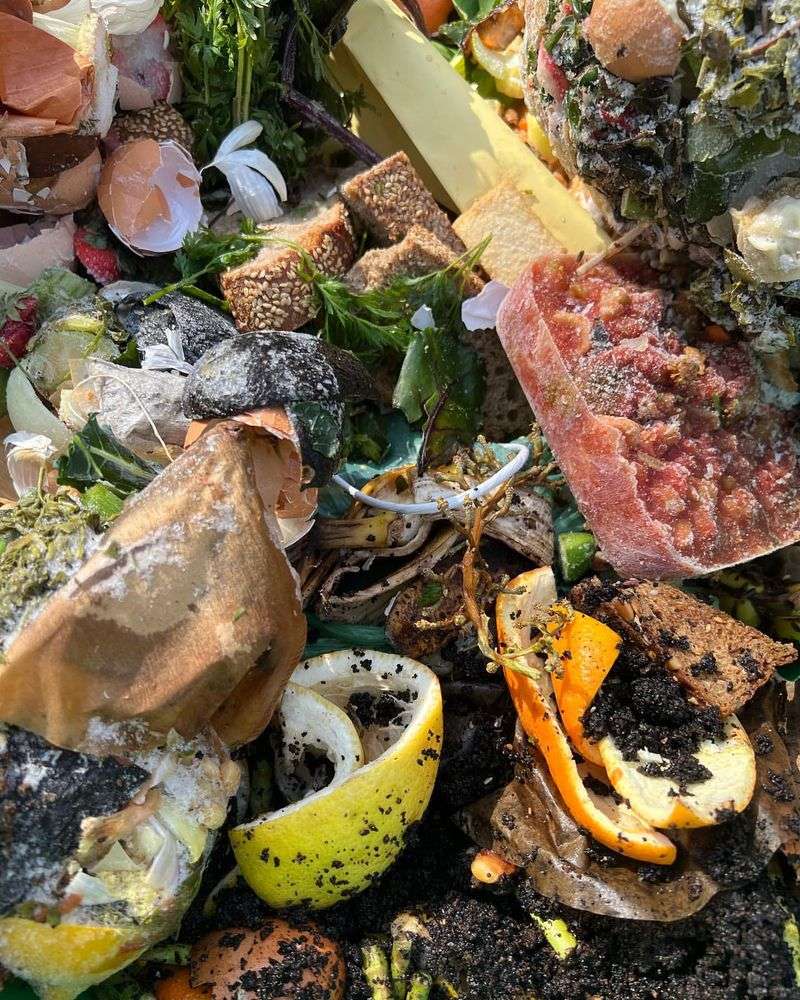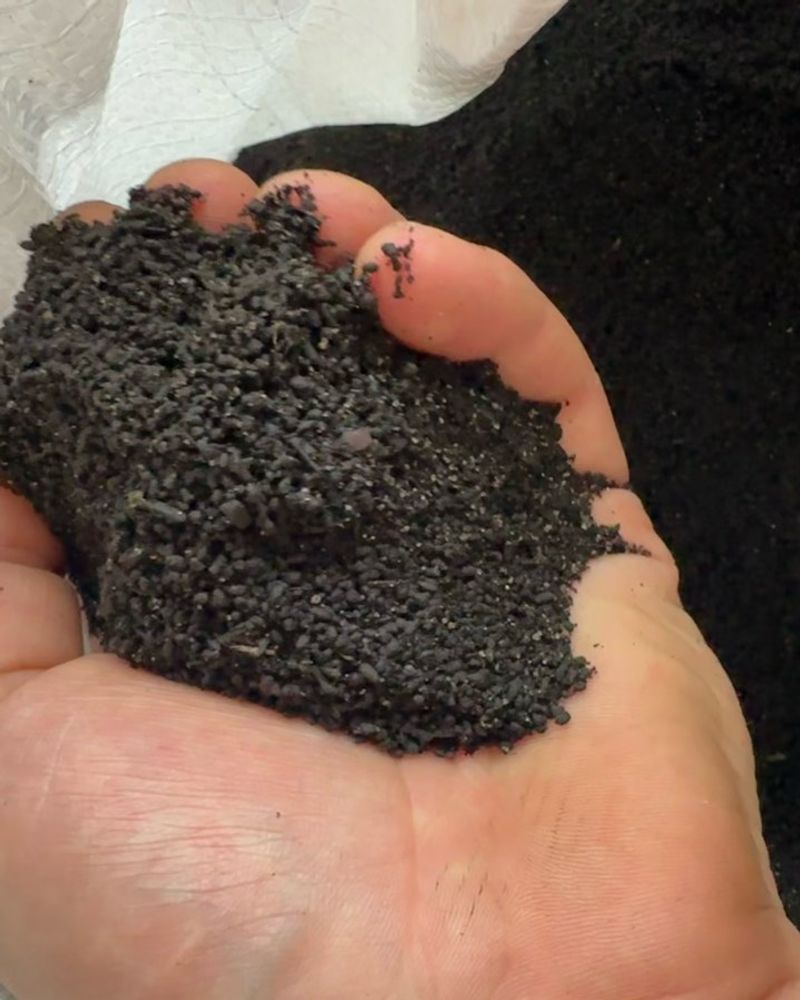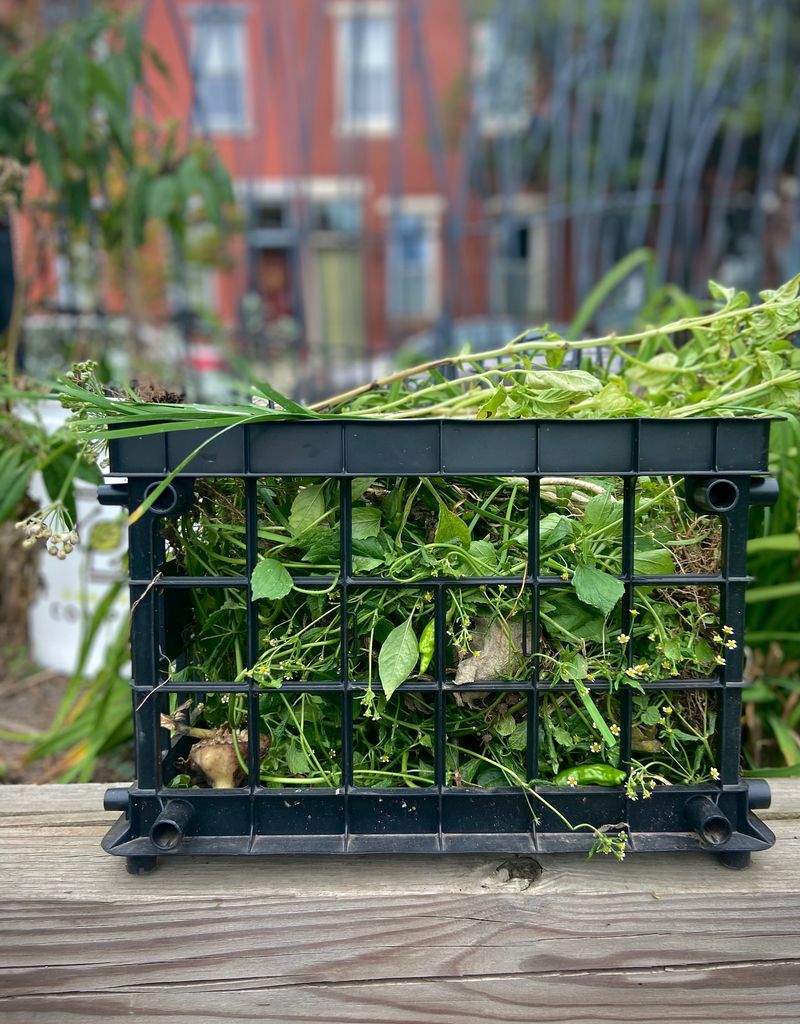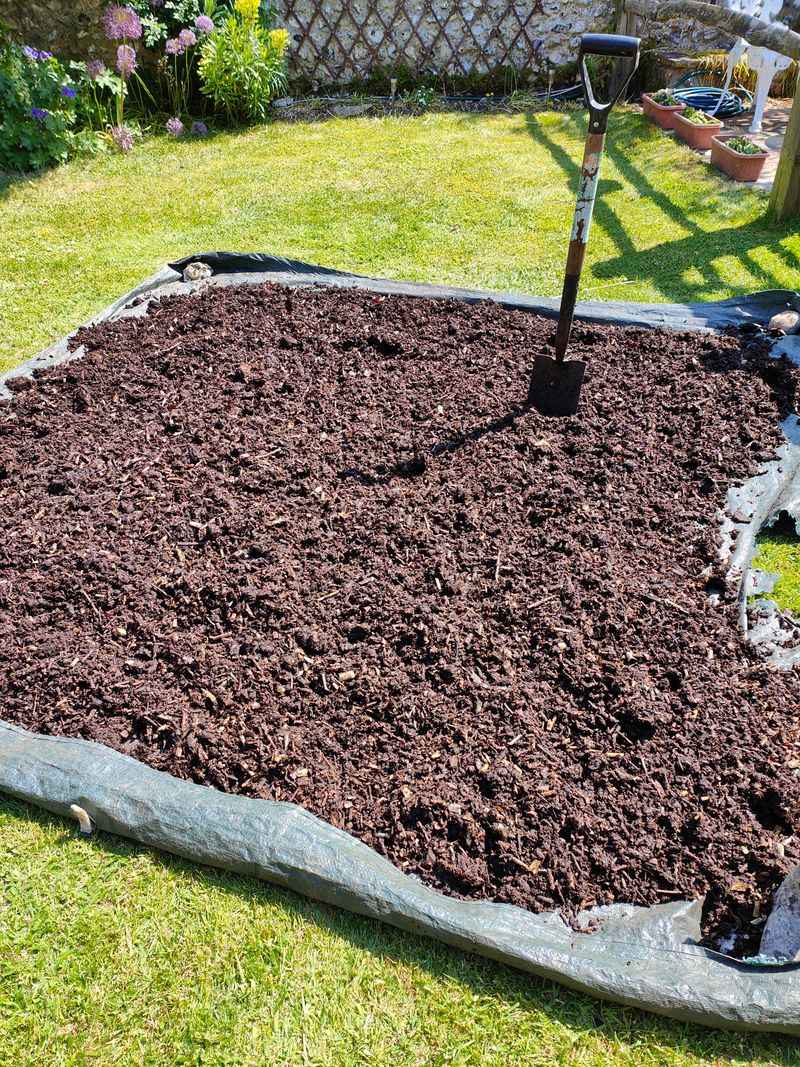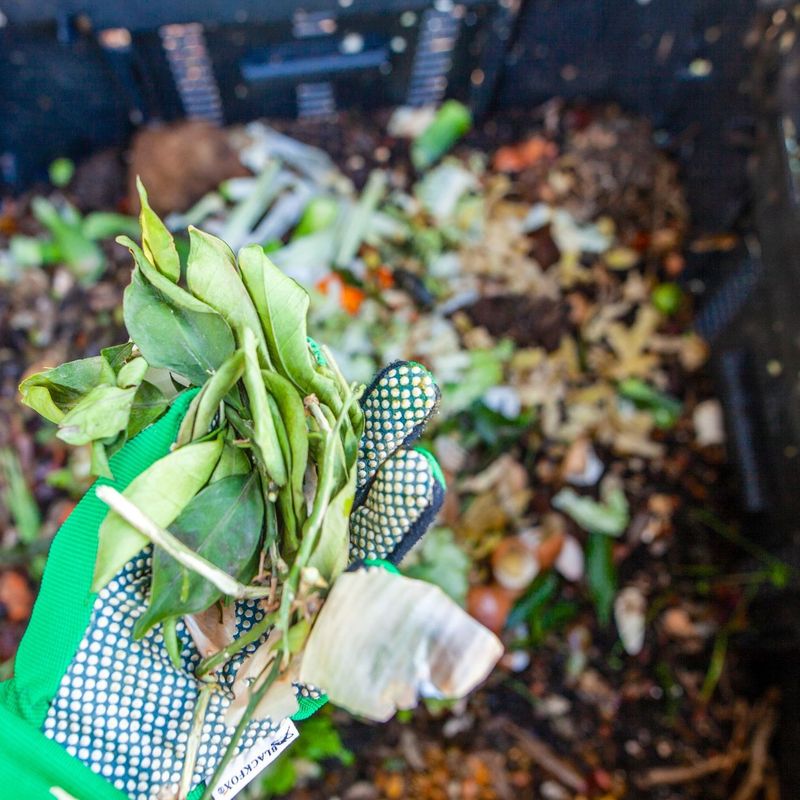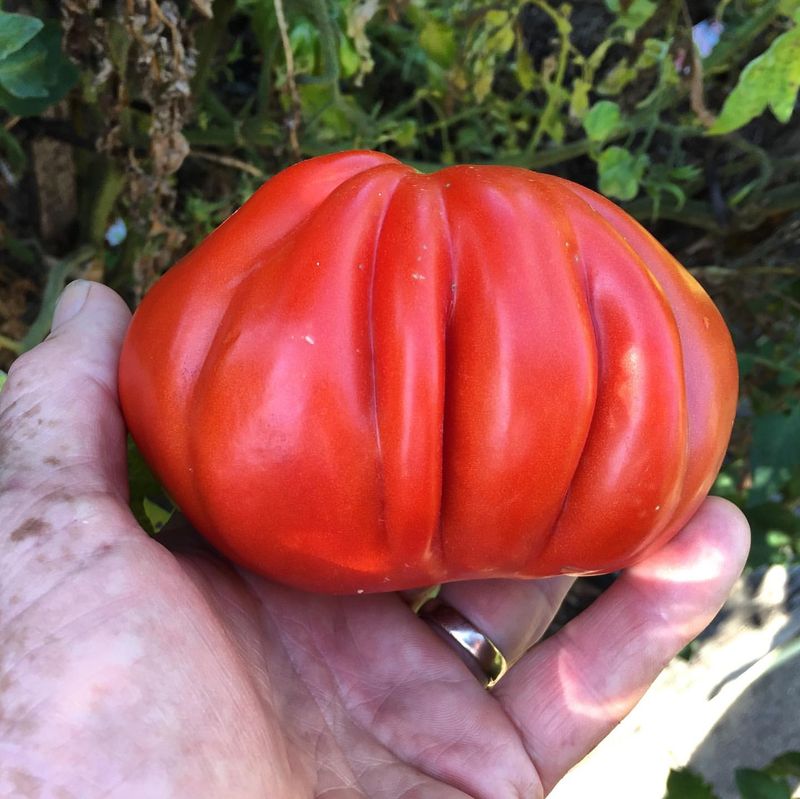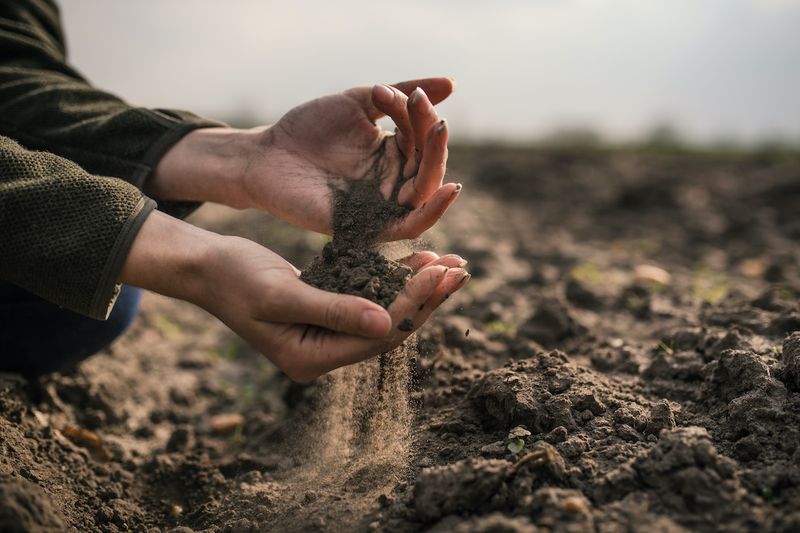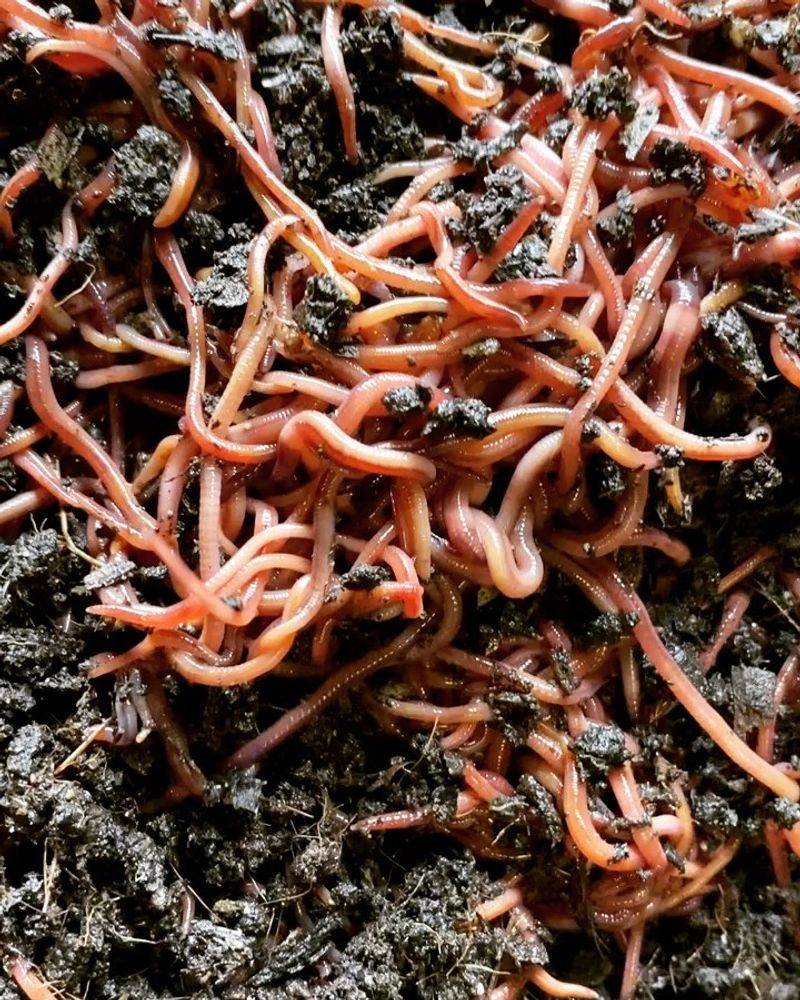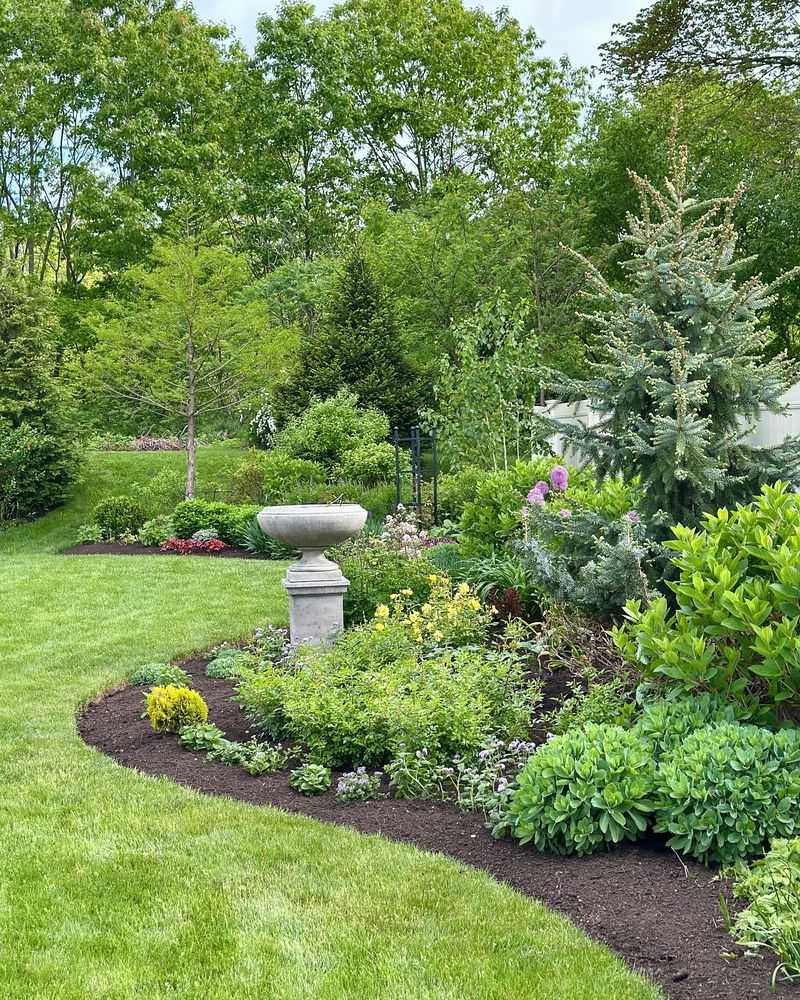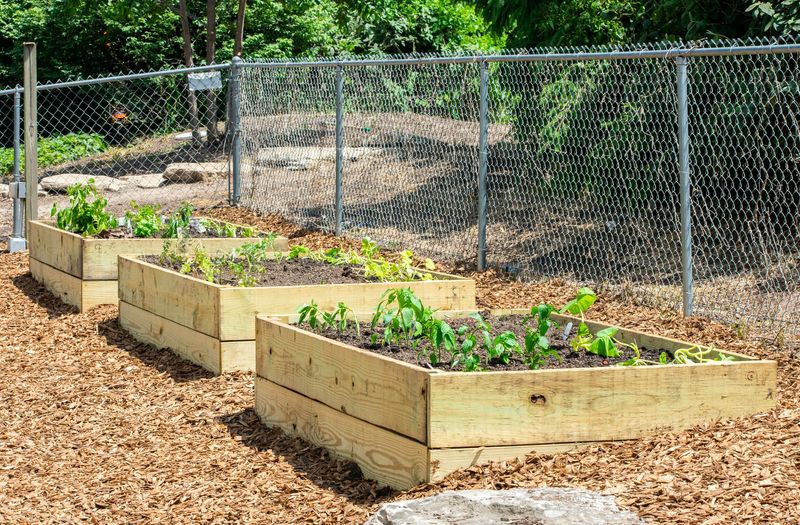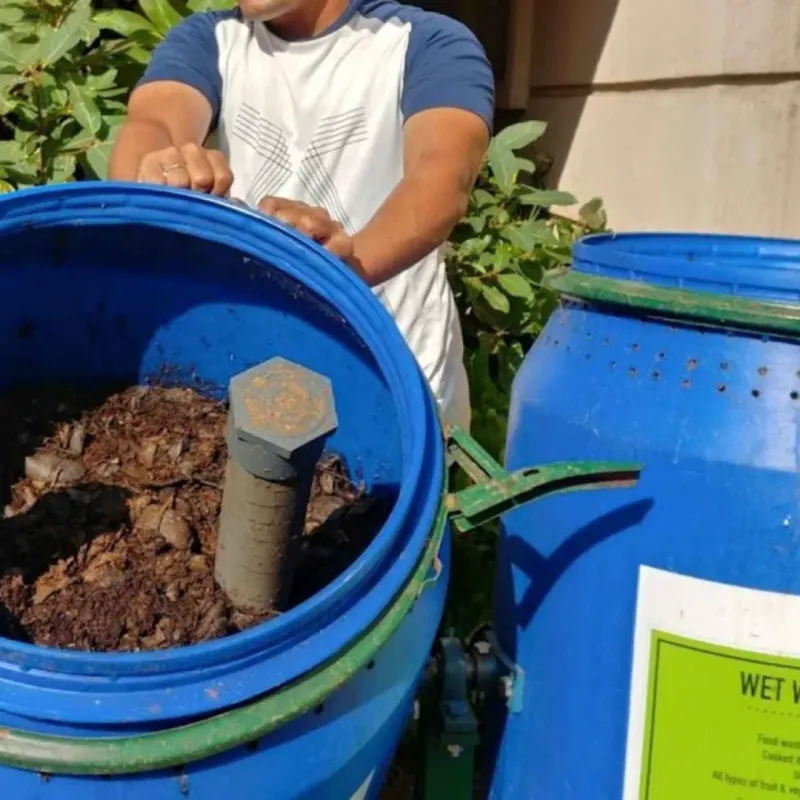Chicago gardeners have discovered a secret weapon that’s transforming their gardens from good to spectacular. Homemade compost, that dark, crumbly soil made from kitchen scraps and yard waste, is replacing store-bought fertilizers across the Windy City.
This natural alternative isn’t just saving gardeners money—it’s creating healthier plants and a greener Chicago.
1. Harsh Chicago Winters Meet Their Match
The brutal Chicago winters can deplete soil of vital nutrients. Compost acts like a warm blanket, protecting soil structure when temperatures plummet below freezing.
Many gardeners report plants surviving better through winter with compost-enriched soil. The organic matter insulates root systems and provides slow-release nutrients that continue working even during dormant periods.
2. Money Stays in Your Pocket
Creating compost from kitchen scraps and yard waste costs absolutely nothing. Chicago gardeners save $20-40 per bag they would have spent on commercial fertilizers.
One dedicated composter calculated saving over $300 annually by switching completely to homemade compost. That’s money that can go toward new plants or garden tools instead of expensive store products.
3. Lakefront Clay Soil Transformation
Chicago’s notorious clay-heavy soil near Lake Michigan frustrates countless gardeners. Compost breaks down this stubborn clay, creating channels for roots and water to penetrate deeper.
The transformation happens gradually but effectively. Gardens that once pooled with water after rain now drain properly, and plants that struggled to establish roots thrive with the improved soil structure.
4. Urban Waste Reduction Champion
Food scraps make up nearly 20% of Chicago’s landfill waste. By composting at home, gardeners divert hundreds of pounds of kitchen waste from garbage trucks yearly.
One neighborhood composting group tracked their impact, finding that ten households together kept over 2,000 pounds of organic matter out of landfills last year. That’s significant progress toward Chicago’s zero-waste goals while creating garden gold.
5. Chicago’s Unique Microbe Magic
Local compost contains beneficial microorganisms specifically adapted to Chicago’s climate and soil conditions. These native microbes outperform generic commercial products in local gardens.
Gardeners notice stronger plant disease resistance when using locally-produced compost. The diverse microbial populations create a natural defense system that store-bought fertilizers simply can’t match, regardless of their fancy packaging claims.
6. Community Garden Revolution
Chicago’s 800+ community gardens have become compost evangelists. Shared compost systems allow apartment dwellers without yards to participate in creating rich soil amendments.
The Peterson Garden Project reports their communal compost bins produce enough black gold to fertilize all their plots. This collaborative approach strengthens neighborhood bonds while growing healthier vegetables and flowers throughout Chicago’s diverse communities.
7. Drought-Busting Water Retention
Chicago summers bring intense heat waves that quickly dry out gardens. Compost-enriched soil holds up to 10 times more water than untreated soil, dramatically reducing watering needs.
During last summer’s July drought, compost users reported watering just once weekly while neighbors watered daily. The sponge-like quality of organic matter in compost creates moisture reservoirs that plants can access during dry periods.
8. Four-Season Composting Success
Chicago gardeners have mastered year-round composting despite the challenging climate. Insulated bins maintain decomposition even during freezing temperatures, ensuring continuous compost production.
Winter composting techniques include layering with straw and positioning bins in sunny spots. Many gardeners report satisfaction in maintaining the composting cycle through all seasons, giving them a constant supply of fresh compost for spring planting.
9. Skyscraper-Sized Tomatoes
Chicago’s tomato growers report dramatically larger harvests with compost. Plants given compost-only amendments produce up to 40% more fruit than those with synthetic fertilizers.
The balanced nutrients in compost promote flower production and fruit development. Many gardeners participate in friendly neighborhood competitions for the largest tomatoes, with compost users consistently taking home bragging rights each summer.
10. Alkaline Soil Correction
Chicago’s limestone bedrock creates naturally alkaline soil that challenges many plants. Compost gradually neutralizes pH levels without harsh chemicals, making it possible to grow acid-loving plants.
Blueberries and rhododendrons, once considered impossible in Chicago gardens, now thrive in compost-amended beds. The organic acids naturally produced during decomposition gently lower soil pH to ideal levels for a wider variety of plants.
11. Worm Farming Revolution
Vermicomposting has taken Chicago apartments by storm. Indoor worm bins convert kitchen scraps into premium compost even in the smallest living spaces, allowing everyone to participate regardless of yard access.
The city’s Sustainable Chicago program has distributed over 5,000 worm bins to residents. Apartment dwellers report producing enough worm castings to fertilize all their houseplants and container gardens while keeping food waste out of landfills.
12. Native Plant Powerhouse
Chicago’s push for native landscaping finds a perfect partner in compost. Native prairie plants establish stronger root systems in compost-enriched soil, increasing survival rates during establishment.
The Chicago Botanic Garden’s native plant specialists recommend compost as the ideal amendment for prairie restorations. Their research shows native seedlings grow up to 30% faster when planted in beds prepared with local compost.
13. Carbon Footprint Crusher
Manufacturing and shipping commercial fertilizers creates significant carbon emissions. Chicago gardeners calculate that each bag of compost used instead of store-bought fertilizer prevents about 4 pounds of carbon from entering the atmosphere.
The city’s climate action plan specifically encourages home composting as an effective carbon reduction strategy. When multiplied across thousands of gardens, this simple switch makes a measurable difference in Chicago’s environmental impact.
14. Hyperlocal Food Movement Fuel
Chicago’s exploding interest in growing food locally depends on healthy soil. Compost closes the loop perfectly—kitchen scraps from last year’s harvest feed next season’s vegetables.
Urban farmers throughout the city’s 77 neighborhoods use compost to grow thousands of pounds of produce annually. This self-sustaining cycle reduces dependence on outside inputs while creating truly local food systems in every corner of Chicago.

